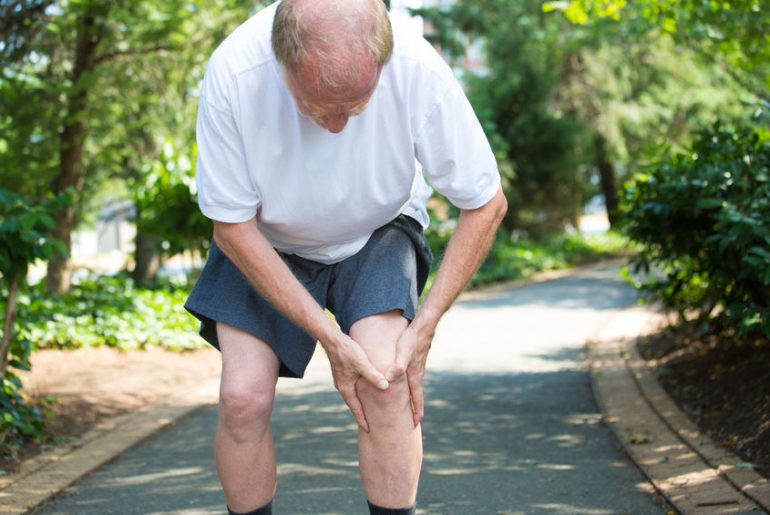Aside from the exhilarating rush of endorphins that you feel when you play, pain is a massive part of being an athlete. From the small bruises and bumps during practice to extremely sore muscles after a match, athletes are more than familiar with pain. To help ease this difficulty and speed up the recovery process, they turn to medicinal and therapeutic solutions, but injuries aren’t a one-time occasion. They can occur whenever and however often, so to deal with them, athletes must possess some basic knowledge regarding what works and what’s safe.
A cascade of chemical processes initiates in the presence of a cut or a sprain. These processes aim to heal that damage as soon as possible. Pain relief medications act to make the entire process comfortable enough for the body to handle so it can get better. In the same way, therapeutic massages help your muscles heal with increased circulation. If you are an athlete and need to know a thorough guide, read down below;
Ibuprofen
Ibuprofen is probably one of the most easily accessible and widely used pain relievers. It belongs to a group called Non-Steroidal Anti Inflammatory Drugs or NSAIDs. The drug acts by blocking enzymes and chemicals that cause pain. Use of up to 600mg of Ibuprofen every four hours has said to be useful in helping any inflammation subside. There aren’t any severe downsides to Ibuprofen, but constant use or a higher dosage can delay healing.
Salicylates
Salicylates are a group of compounds most commonly found in an ordinary aspirin that has proven to be an effective pain reliever. They reduce inflammation and help with swelling around the area of injury. They are most commonly available as creams or pain relief patches that are easy and quick to apply. Many pain-relief patches involve capsaicin, which is mostly found in chili peppers and induces a burning sensation, which helps reduce a chemical known as substance P, which is necessary to send pain signals to the brain via nerves.
Acetaminophen
Acetaminophen is excellent at reducing pain, or any fever one might face during an injury; however, it does not reduce inflammation in an injured area. Acetaminophen is often the drug of choice since it is safe for children, and the dosage is not harmful to one’s stomach like many NSAIDs are in high doses.
The required dosage for acetaminophen is 4000 mg per day or recommended by the physician, depending on the severity of one’s injuries. Even pregnant athletes can take this drug since it is safe, but be sure to first consult with an OB/GYN.
Naproxen
Naproxen is another NSAID that follows the same mechanisms as Ibuprofen and helps with body aches; however, its effects last longer. A 220 mg dosage of Naproxen lasts for more than 10 hours. With a dosage of around 500mg twice a day, Naproxen can not only reduce pain but also actively decreases signs of inflammation in the body.
Suppose your injuries are severe, and you have been taking doses of Naproxen almost regularly. In that case, they can cause ulcers in your GIT lining and kidney problems, which may worsen your body during an intense workout session.
Ice Application and Elevation
Cold compresses and elevation of the injured area are among the first techniques to reduce inflammation at the site of injury. Elevating an injured body part like a foot or a leg reduces inflammation, which is a significant factor in pain management.
Cold compress and icing an injured area safely can help relieve any inflammation. You can’t apply the ice directly since it can cause frostbite. Ice should always be kept in a towel and then slowly applied or pressed on the affected area. Icing for 15 minutes after every hour helps relieve pain and inflammation to a high degree.
Hot Showers
You must have noticed how relaxed and calm you feel after a nice hot bath if you’ve had a tiring day. Hot showers are a fantastic way to help relax your sore muscles after a strenuous exercise. It can also relieve muscle tension and knots that may have formed, especially in your upper or lower back.
Lying in a beautiful bathtub filled with hot water increases your body temperature. It improves your blood circulation, which aids your cells in reducing pain and inflammation and stimulating healing.
TENS
The transcutaneous electrical nerve stimulation unit (TENS) is a device used by physiotherapists. It is a battery-operated device that ranges from $35 to $100. TENS is said to reduce any pain sensation by inhibiting painful pathways actively. This process, however, is technique sensitive, so discuss with your physical therapist first.
Conclusion
Medications without a physician’s consultation are a terrible idea, especially if you’re already taking any supplements, heart medication, arthritis meds, are diabetic, or even taking pills for acne. Ask your doctor or pharmacist beforehand. Before any exercise, warm up properly so your muscles can relax and stretch. Make smart choices. Stay safe and healthy.



